Dinosaurs have always been a source of immense fascination and wonder. These prehistoric giants roamed the Earth millions of years ago, leaving behind a legacy that continues to captivate our imaginations. From their towering sizes to their unique adaptations, dinosaurs represent one of the most diverse and successful groups of animals in the history of life. In this blog, we take a closer look at ten of the most fascinating dinosaurs, exploring their features, habitats, and the roles they played in their ecosystems.
Top 10 Fascinating Dinosaurs: Exploring Prehistoric Giants
History • 9 Jul, 2024 • 14,742 Views • ⭐ 1.0
Written by Shivani Chourasia

Tyrannosaurus Rex
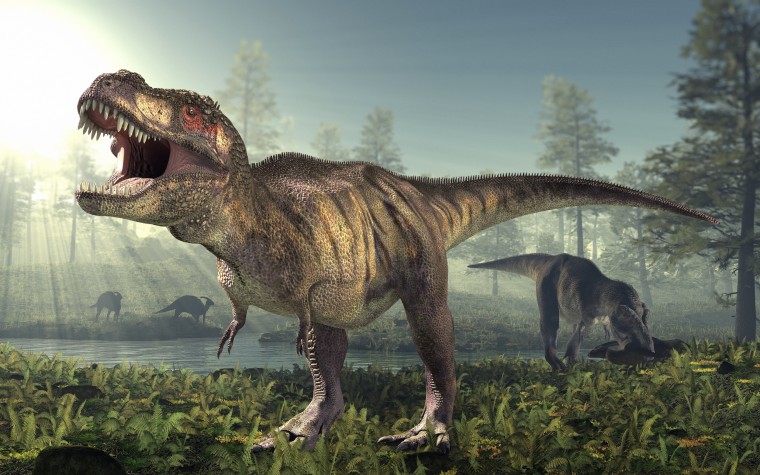
Tyrannosaurus rex, often referred to as T. rex, is arguably the most famous dinosaur of all. Known for its enormous size and fearsome appearance, T. rex was a top predator in the late Cretaceous period, about 68 to 66 million years ago. This dinosaur could grow up to 40 feet long and weigh as much as 9 tons.
Features: T. rex had powerful jaws equipped with serrated teeth that could crush bone, and its keen sense of smell made it an adept hunter. Its short but strong arms ended in two-fingered hands, which were likely used to grip prey.
HISTORY QUIZ • 10 QUESTIONS • 2 MINS
We've got a History quiz for you!
TAP TO PLAY

Habitat: T. rex lived in what is now North America, in a variety of environments ranging from coastal swamps to forested valleys.
Significance: As one of the largest land predators, T. rex played a crucial role in its ecosystem, controlling populations of herbivorous dinosaurs and scavenging carcasses.
Triceratops

Triceratops is another iconic dinosaur, known for its three distinct facial horns and large bony frill. This herbivorous dinosaur lived during the late Cretaceous period, around the same time as T. rex.
Features: Triceratops could grow up to 30 feet long and weigh about 12 tons. Its large frill and horns were likely used for defence against predators and possibly in mating displays or social interactions.
Diet: Triceratops primarily fed on low-lying vegetation, using its beak-like mouth to clip plants.
Ecosystem Role: As a herbivore, Triceratops played a vital role in its ecosystem, helping to maintain plant diversity and providing prey for large carnivores like T. rex.
Velociraptor

Velociraptor gained widespread fame due to its depiction in popular media, but the real dinosaur was quite different from its Hollywood portrayal. This small, agile predator lived during the late Cretaceous period.
Features: Velociraptor was about the size of a turkey, with a length of around 6 feet and a weight of up to 33 pounds. It had a long, curved claw on each foot, which it used to capture and kill prey.
Intelligence: Velociraptors are believed to have been intelligent hunters, possibly hunting in packs to take down larger prey.
Misconceptions: Contrary to their portrayal in movies, Velociraptors were likely covered in feathers and were not as large as depicted.
Stegosaurus
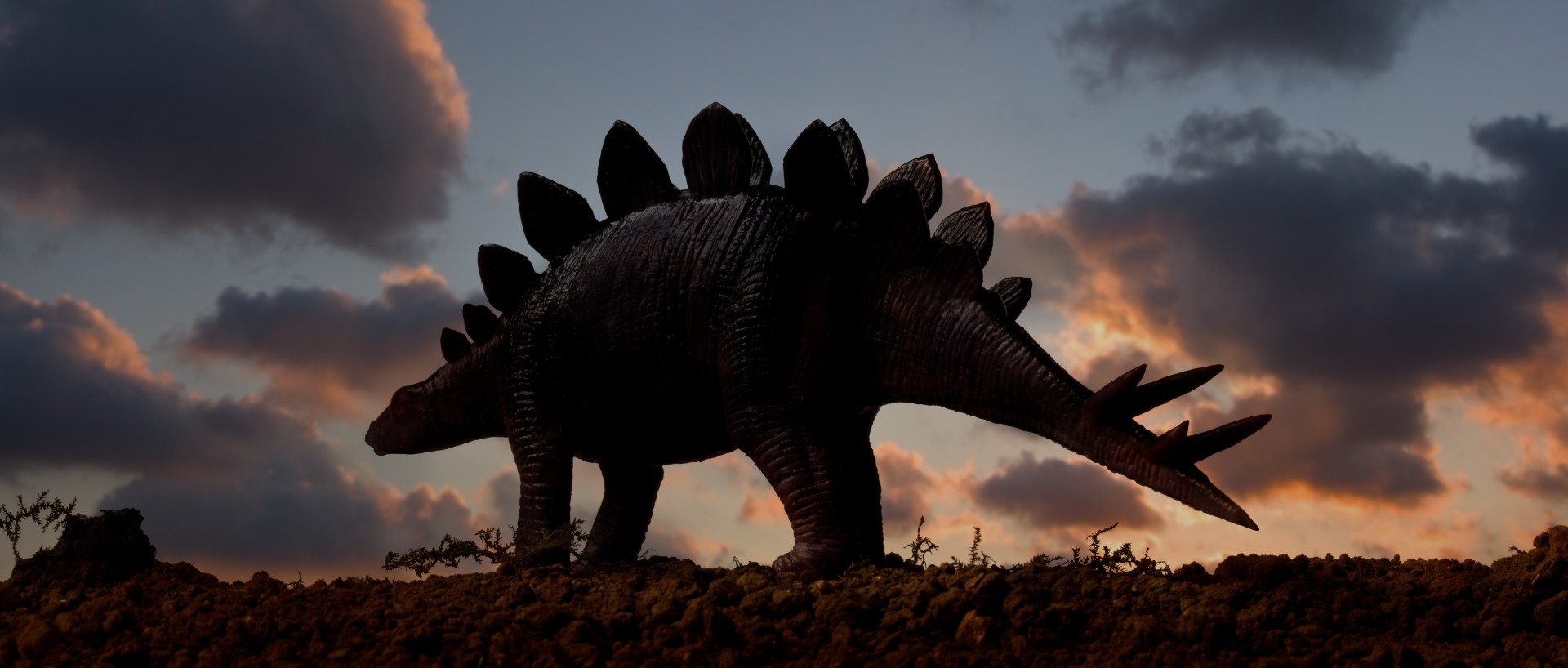
Stegosaurus is easily recognizable due to the distinctive plates along its back and the spikes on its tail. This herbivorous dinosaur lived during the late Jurassic period, about 150 million years ago.
Features: Stegosaurus could grow up to 30 feet long and weigh around 5 tons. Its back plates, called osteoderms, may have been used for display, thermoregulation, or defence.
Diet: Stegosaurus had a small head with a beak-like mouth, adapted for eating low-growing plants.
Tail Spikes: Known as the "thagomizer," the spikes on its tail were likely used as a defensive weapon against predators.
Brachiosaurus
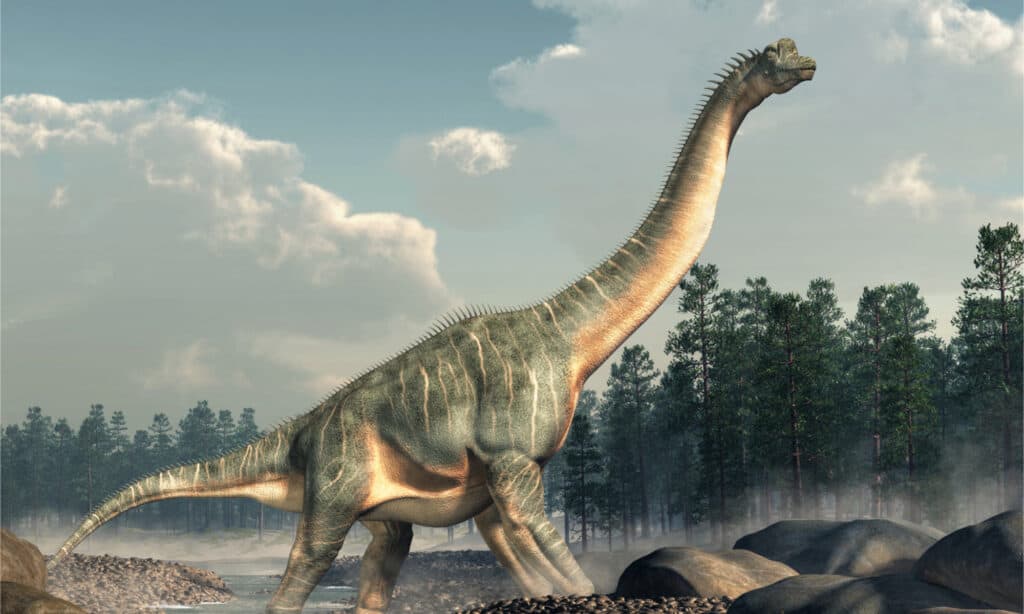
Brachiosaurus was one of the tallest and most massive dinosaurs, known for its long neck and forelimbs. This giant herbivore lived during the late Jurassic period.
Features: Brachiosaurus could reach up to 85 feet in length and weigh as much as 62 tons. Its long neck allowed it to browse treetops for food, while its pillar-like legs supported its massive body.
Feeding Habits: Brachiosaurus fed on high vegetation, such as conifers and cycads, that other herbivores couldn't reach.
Significance: Its size and feeding habits meant Brachiosaurus had few predators and played a key role in shaping its environment by influencing plant growth.
Spinosaurus
/https://tf-cmsv2-smithsonianmag-media.s3.amazonaws.com/filer/c7/1f/c71f9f48-0b40-4883-b0bf-b981e5e5443e/istock-146818770.jpg)
Spinosaurus is one of the most intriguing dinosaurs, known for its sail-like structure on its back and semi-aquatic lifestyle. It lived during the mid-Cretaceous period.
Features: Spinosaurus could grow up to 60 feet long, making it one of the largest carnivorous dinosaurs. Its long, narrow jaws were filled with conical teeth, ideal for catching fish.
Semi-Aquatic: Recent discoveries suggest Spinosaurus spent much of its time in water, hunting fish and other aquatic prey.
Anatomy: The sail on its back, formed by elongated neural spines, may have been used for display, thermoregulation, or storing fat.
Ankylosaurus

Ankylosaurus is known for its heavily armoured body and club-like tail, which made it one of the best-defended dinosaurs. It lived during the late Cretaceous period.
Features: Ankylosaurus could grow up to 30 feet long and weigh around 8 tons. Its body was covered in thick, bony plates, and its tail ended in a large, bony club.
Defensive Adaptations: The armour and tail club were likely used to protect against predators, making Ankylosaurus a formidable opponent.
Diet: As a herbivore, Ankylosaurus feeds on low-lying plants and shrubs.
Allosaurus
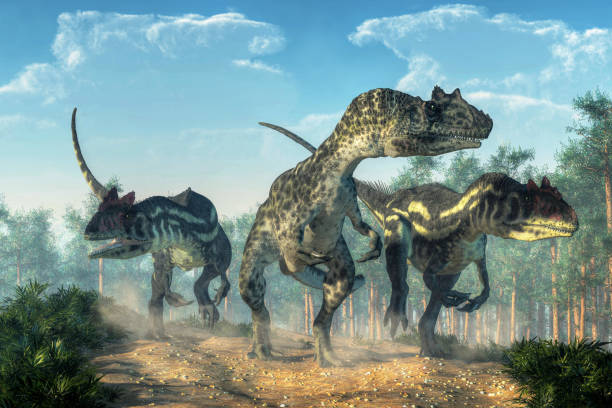
Allosaurus was a large theropod predator that lived during the late Jurassic period. It was one of the top predators of its time.
Features: Allosaurus could grow up to 40 feet long and weigh about 2.5 tons. It had large, sharp teeth and strong, clawed limbs for catching and killing prey.
Predatory Behavior: Allosaurus likely hunted large herbivores, using its strong jaws and claws to bring down prey.
Competition: Allosaurus lived alongside other large predators, such as Ceratosaurus, leading to competition for resources.
Parasaurolophus
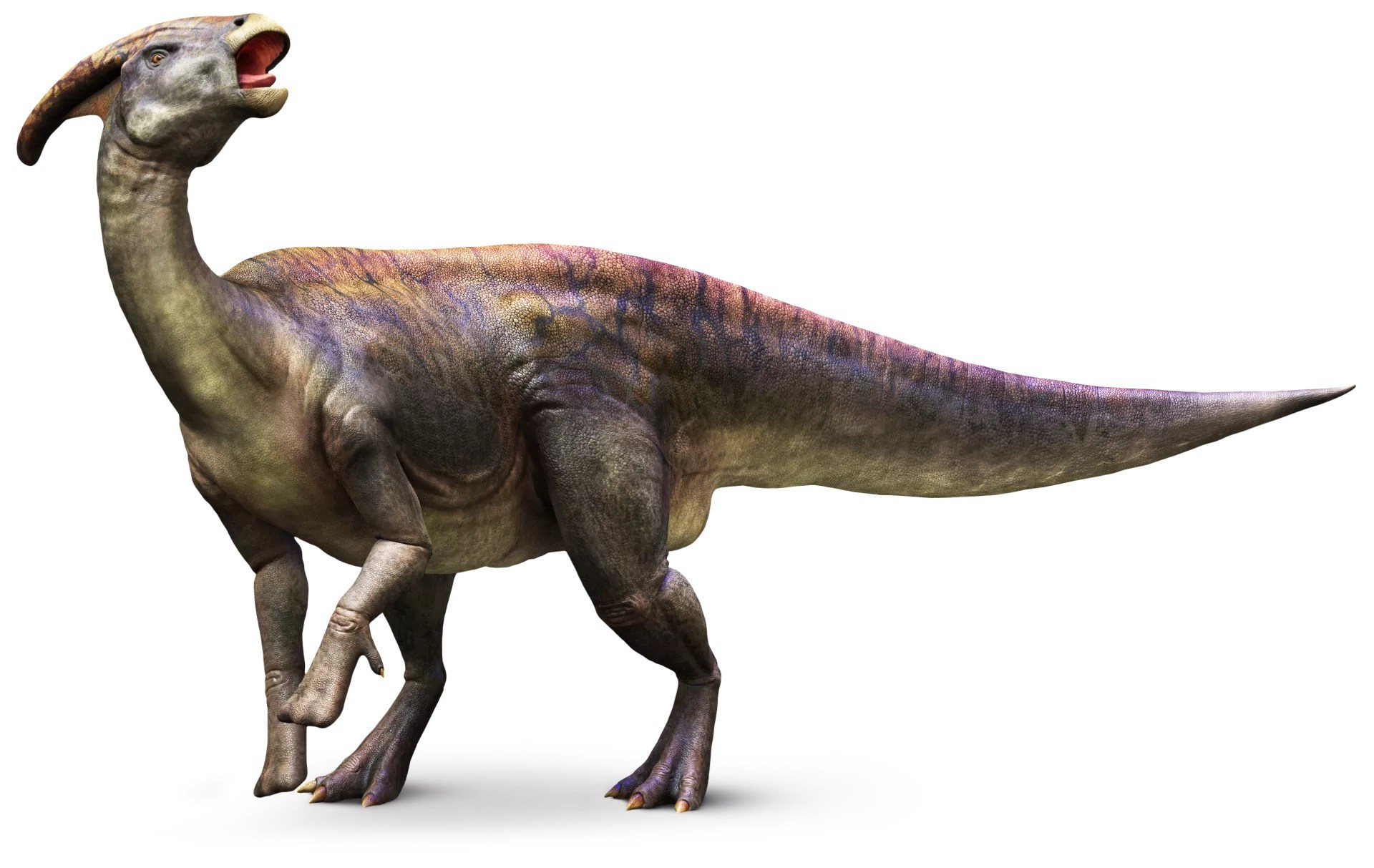
Parasaurolophus is known for its distinctive, backward-curving crest on its head. This herbivorous dinosaur lived during the late Cretaceous period.
Features: Parasaurolophus could grow up to 33 feet long and weigh around 2.5 tons. Its most notable feature, the cranial crest, may have been used for communication, display, or thermoregulation.
Theories About the Crest: Some scientists believe the crest acted as a resonating chamber for producing sounds, while others suggest it played a role in regulating body temperature.
Diet: Parasaurolophus is fed on a variety of plants, using its beak and dental batteries to process food.
Archaeopteryx

Archaeopteryx is often considered a transitional species between dinosaurs and modern birds. It lived during the late Jurassic period.
Features: Archaeopteryx had both reptilian and avian features, including teeth, a long bony tail, and feathered wings. It was about the size of a crow.
Significance: The discovery of Archaeopteryx provided crucial evidence for the evolutionary link between dinosaurs and birds, showing that some dinosaurs had already developed flight-related adaptations.
Habitat: Archaeopteryx likely lived in a forested environment, using its wings for gliding or short flights.
Conclusion
The diversity and adaptability of dinosaurs are truly remarkable, as evidenced by the wide range of forms and functions seen in the top ten most fascinating dinosaurs. From the fearsome Tyrannosaurus rex to the graceful Archaeopteryx, each of these prehistoric giants played a unique role in their ecosystems and left a lasting legacy in the history of life on Earth. The study of dinosaurs continues to provide valuable insights into evolution, adaptation, and the complexities of ancient ecosystems, reminding us of the incredible diversity that once existed on our planet.
Test your knowledge of History! Visit: https://www.quizzop.com/history-quiz/category
Rate this article
Other articles you may like
Profiles of WWII Leaders: Pivotal Decisions
History • 23 Jan, 2024 • 91,236 Views

The Role of Technology in Shaping WWII
History • 23 Jan, 2024 • 1,65,916 Views

WWII Major Battles: Key Events
History • 23 Jan, 2024 • 92,327 Views

WWII Origins: Key Causes & Global Impact
History • 23 Jan, 2024 • 90,643 Views

Europe's 7 Most Significant War Memorials
History • 4 Sept, 2023 • 1,34,698 Views





